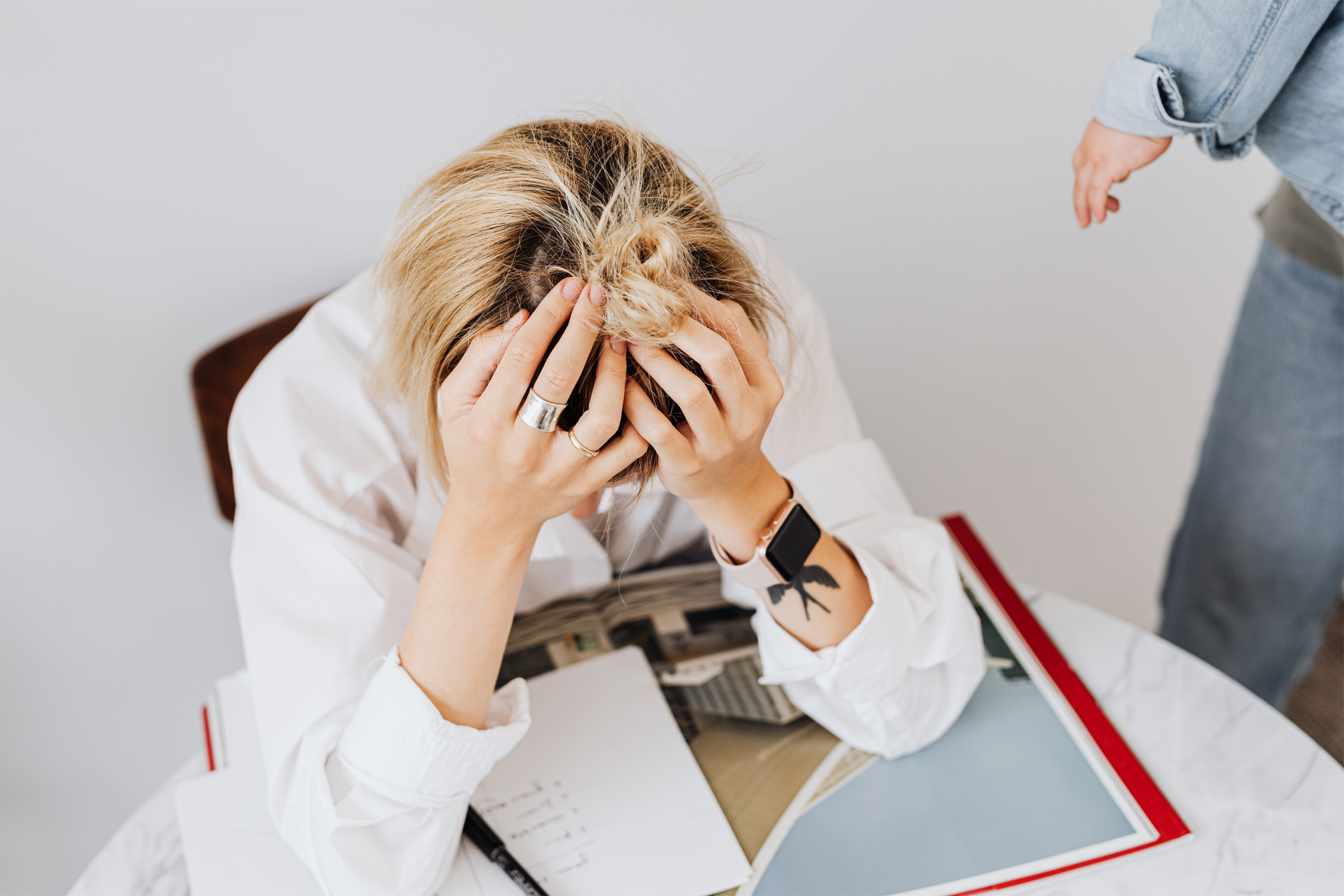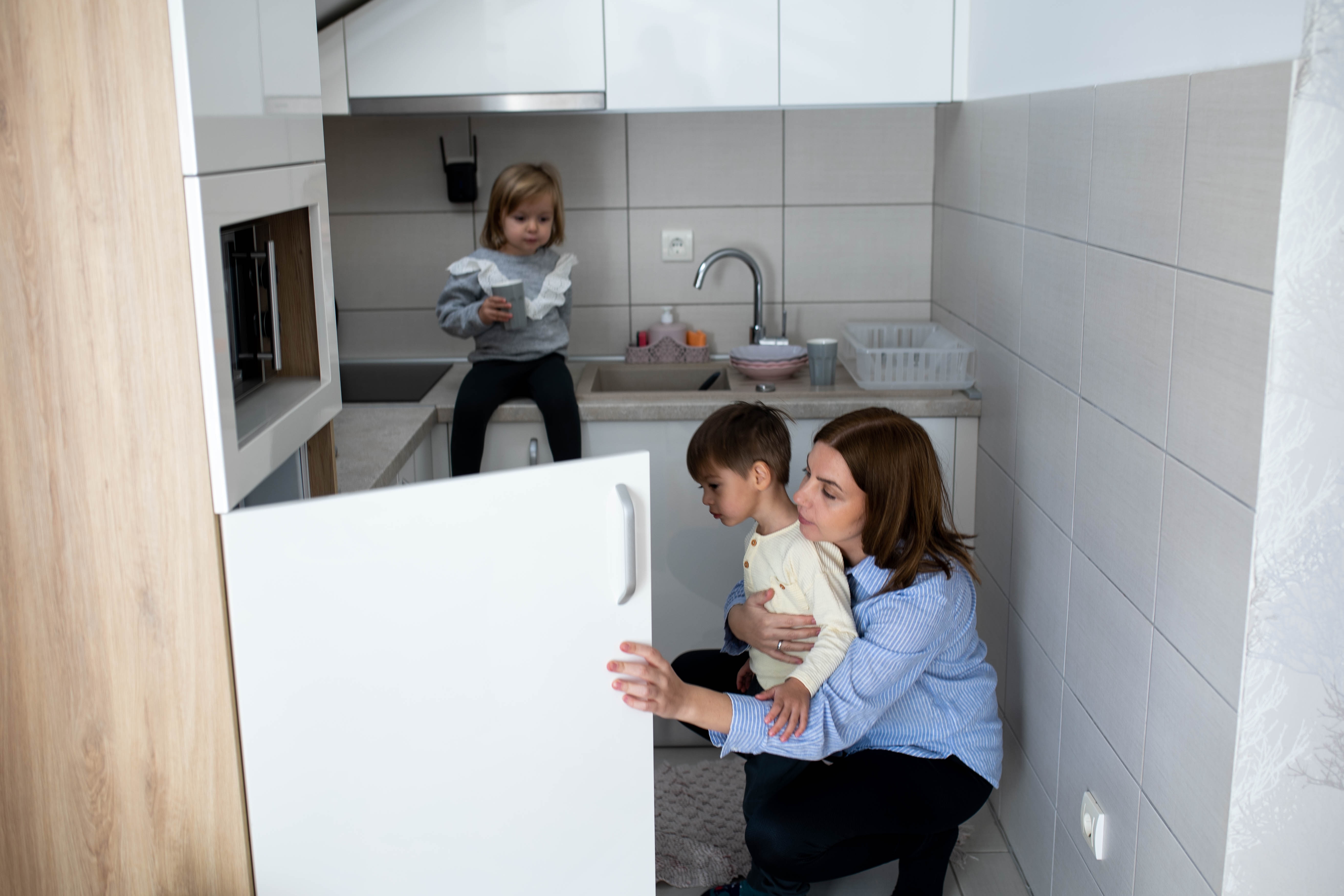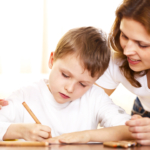
27 Mar Why life for single-parent families in Australia can be harsh
The daily routine of a single parent can be harsh due to higher childcare responsibilities, housing stress, financial inequalities and poorer mental health, finds Sarah Marinos from data in the latest HILDA Survey
Whichever way the data in the latest annual Household, Income and Labour Dynamics in Australia (HILDA) Survey is sliced and diced, the picture that emerges for single parents is harsh.
They have some of the lowest incomes in Australia and experience the highest poverty rate. In most years, the poverty rate for children in single-parent families is more than twice the poverty rate for children in couple-parent families.
The poverty rate is also more volatile from one year to the next for single-parent families, creating instability and uncertainty in the lives of single parents and their children.
The HILDA Survey follows the lives of more than 17,000 Australians each year, over the course of their lifetime, and collects information on many aspects of life in Australia, including household and family relationships, income and employment, health and education.
The latest results also highlight that single-parent families experienced the highest rate of housing stress. Financial stress also blights the lives of single parents and their children.
A stressful situation
Financial stress refers to an inability to meet basic financial commitments because of a shortage of money.
It means people can’t pay electricity, gas or telephone bills on time, can’t pay the mortgage or rent, go without meals, pawn or sell possessions, can’t heat their home, ask friends or family for financial help or seek help from welfare or community organisations.
The HILDA survey highlights that single-parent families are particularly prone to financial stress.
“Single-parent families stand out strongly as the demographic with the highest prevalence of disadvantage and that disadvantage manifests in different ways,” says Professor Roger Wilkins, Deputy Director of the Melbourne Institute: Applied Economic & Social Research and HILDA Survey Co-Director.
“Not every single-parent family is doing badly but about a third of single-parent families are doing very badly and they are being torn in different directions.”

Housing stress and going without
Housing stress is defined as a situation in which housing costs are more than 30 per cent of household income, and the household is in the bottom 40 per cent of the income distribution.
Single-parent families have the highest rates of housing stress (22 per cent), with couples with dependent children at 6.9 per cent.
These families also experience higher levels of material deprivation than other demographics – this means they don’t have and can’t afford to buy items or undertake activities that society believes everyone should have.
This includes the ability to get medical treatment when needed, having warm clothes and a television, being able to go out for a meal at least once a month and having a decent and secure home.
The HILDA Survey found that single-parent families had the highest rates of material deprivation of all family types, experiencing deprivation at more than three times the rate experienced by the rest of the Australian community.
The data also shows that material deprivation was more persistent over time for single-parent families.
Paying more for childcare
Accessing affordable and high-quality child care was, and remains, a concern for many parents with young children.
For single-parent families, those concerns are magnified.
Single mothers with children under five working full-time are the highest users of paid childcare (82.2 per cent).
Dr Inga Lass, Senior Research Fellow at Melbourne Institute of Applied Economic & Social Research at the University of Melbourne, says single-parent families are in ‘a very vulnerable position’ financially, practically and emotionally.
“They are affected by high poverty rates, financial pressures and they are solely responsible for taking care of their children – they often don’t have a partner to lean on for emotional or instrumental support,” she says.
“We are seeing single parents having to pay more for child care than they used to and perhaps needing greater flexibility in child care hours than is available.
“For example, if you are a single parent and a nurse, what do you do with your children if you have to work at night or weekends?”
Weekly hours of paid care have increased for single parents by 30.8 per cent since the 2006-2007 period.
Rising childcare costs have also hit hard for single-parent families. Since 2002, expenditure on childcare for children under five has soared by 151.4 per cent for single parents, compared to 128.6 per cent for couple parents.
This only exacerbates the financial stress being shouldered by single parents.
“Governments can increase the amount of welfare support to ease financial pressure but in the long term, what most effectively protects people from poverty is good employment opportunities,” says Dr Lass.
“One important way to support single parents is enabling them to work and have a career by providing access to affordable and flexible childcare when, and wherever, they need it.”
All’s not fair in the world of work
Single parents working full or part-time also report higher rates of workplace discrimination.
While age continued to be the most common form of discrimination experienced by job seekers and employees in 2022, about 17 per cent of employees reported they had experienced workplace discrimination due to their parenting responsibilities.
For single mothers, workplace discrimination can be even more challenging, with women facing discrimination based on their gender and single-parent status.
Nearly 90 per cent of single parents are female, and they can face a ‘dual disadvantage’ in the workplace.

“Women and parents with dependent children report higher rates of workplace discrimination compared to others, with single parents reporting the highest rates,” says Dr Kyle Peyton, Senior Research Fellow at Melbourne Institute of Applied Economic & Social Research.
“While women aren’t more likely than men to report discrimination when applying for jobs, women are significantly more likely to experience discrimination when in the workplace.
Given the disproportionate share of parenting responsibilities that women take on in Australia due to prevailing gender norms, it’s reasonable to speculate that these responsibilities may contribute to the higher reports of workplace discrimination.
HILDA data show that parents with dependent children are more likely to report workplace discrimination compared to people without parenting responsibilities.
Specifically, couple parents are about 1.4 percentage points more likely, and single parents are about five percentage points more likely to report workplace discrimination. However, parenting responsibilities weren’t associated with higher reports of hiring discrimination.
Mental health challenges
Single mothers also lead the way in terms of poor mental health.
HILDA found a rise in poor mental health of single mothers from 22 per cent in 2011 to 31 per cent in 2019 and 38 per cent in 2022. This compared to 18 per cent for partnered mothers in 2022.
Single fathers also have a higher prevalence of poor mental health compared to partnered fathers (34 per cent versus 16 per cent).
Poor mental health for single parents is also enduring, according to HILDA data.
“They have low incomes but higher caring responsibilities. They bounce between caring for children and working and leisure time is almost non-existent.
“With all this in mind, it’s perhaps not surprising that single parents have poorer mental and general health,” says Professor Wilkins.
One year after the onset of poor mental health, around 37 per cent of couple parents still had poor mental health.
By contrast, this figure stood at 58 per cent for single parents.
Three years after the onset of poor mental health, an estimated 27 per cent of single parents were still struggling, compared to between 13 per cent and 16 per cent in other family groups.
Eight years after the onset of poor mental health, 13 per cent of single parents are still living with poor mental health.
That’s more than three times the rate for couple parents.
Small wins, but a long way to go
Professor Wilkins says the issues facing single-parent families highlight significant policy failings in Australia.
“We’ve had some small wins, like increasing the minimum age of the youngest child at which parents lose eligibility for the parenting payment, and there has also been progress on the child care front, but there’s still a lot to do,” he says.
“This is a group in our community that has always been struggling, but during the past 20 years, those struggles have become harder.
“There have been a few glimmers of light in the past few years and some improvements at the edges of the issues but the magnitude of disadvantage for single-parent families remains large.”



